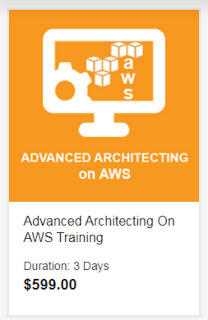Artificial
Intelligence
Popular Tools & Technologies
The objective of
artificial intelligence is to develop
machines that learn to perform tasks like
humans and eventually do them better than humans. The tools used
towards that end are designed to understand actions of humansand machines and replicate these, predict the next logical
step, and improvise
and improve the output. The approach
developers commonly take to achieve this combine statistical methods and computational intelligence, while the tools they use include logic and methods based on probability,etc.
Among the
popular AI tools are Tensorflow, PyTorch, Scikit-Learn, MicrosoftCNTK, Seaborn, and some others. Some of the popular ones are open-source
and hence commonly used by developers. Let us find out what each of these
offer.
TensorFlow
This is an open-source
software library. The system, though initially developed by Google for is researchers and engineers working in its Machine Intelligence division, is general enough to
be applied in a host of other domains. TensorFlowis used
forperforming high-end numericalcomputations, deep
neuralresearch, image recognition, voice and facial expression and natural language
processing.
MicrosoftCNTK
Microsoft CNTK, also known as Microsoft Cognitive Toolkit, is a deep learning framework
developed by Microsoft Research. It is an open-sourceand easytousetoolkitthattrainsdeeplearningalgorithmstolearnlikehuman
brains. The toolkit allows distributedtraining, supports C, C++, Java andPython,
the preferred languages of many developers.
This too is an open-source
Python library used for machine learning
offering a range of algorithms such as Clustering,
Regression and Classification. Scikit-Learn is prefered for
machine learning
and AI because it offers dimensionalityreduction, bundle
of classificationalgorithms, unsupervised learning
algorithms and clusteringalgorithms and efficient for datamining.
Keras
Keras is written in Python and is yet another open-source neural-
network library. It is capable of running on
top of Tensorflow, Microsoft Cognitive Toolkit, R, Theano, etc. Keras Python
also deals with Neural Networks. It offers consistent and simpleAPIs, minimises
the number of user actions required for common use cases, and provides clear and actionable feedback upon usererror.
OpenCV
This is a cross-platform library which
focuses mainly on image
processing, video capture and analysis including features like face detection
and object detection.
PyTorch
PyTorch has
a production-ready Python
library with excellent applications, demos and use cases. It includes a machine
learning compiler called Glow that boosts the performance of
deeplearningframeworks.
NumPy
This is another Python library that
deals with complex mathematical operations
like linear algebra, Fourier transformation, random number and features that
work with matrices and n-dimensional arrays inPython.
Pandas
The Pandas library is built on top of
Numpy, which means it needs the latter to operate. Pandas helps
manage complex data
operation with just one or two commands i.e. it serves as the best starting point
to create a more focused and powerful data tools.
Matplotlib
Matplotlib
is a visualization library written in Python for 2D plots of arrays. This too is a multi-platform data visualization library built on NumPy arrays and
designed to work with the broader SciPy stack.
Seaborn
Seaborn is unique and an exceptional visualization library. Based on Matplotlib foundations,
it offers advanced-level dataset based interface to make
high-quality statisticalgraphics.Seaborn’s features allow
developers to perform
statistical estimation when combining data across observations, plotting and visualizing the suitability
of statistical models to strengthen datapatterns.








